As the temperatures drop and the days become shorter, many gardeners may assume that their gardening season has come to an end. However, with the right techniques and strategies, winter can actually be a fruitful and satisfying time for gardening.
we will explore the key tips and tricks for successful winter gardening, allowing you to extend your growing season and continue reaping the rewards of your hard work throughout the colder months. From selecting the right plants to preparing your garden for the winter weather, we will cover all the essential aspects successful winter gardening guide.
Whether you are a seasoned gardener looking to expand your skills or a beginner eager to try your hand at winter gardening, this guide will provide you with the knowledge and tools necessary for a successful winter garden. With the proper care and attention, your garden can thrive even in the midst of the chilly winter season.
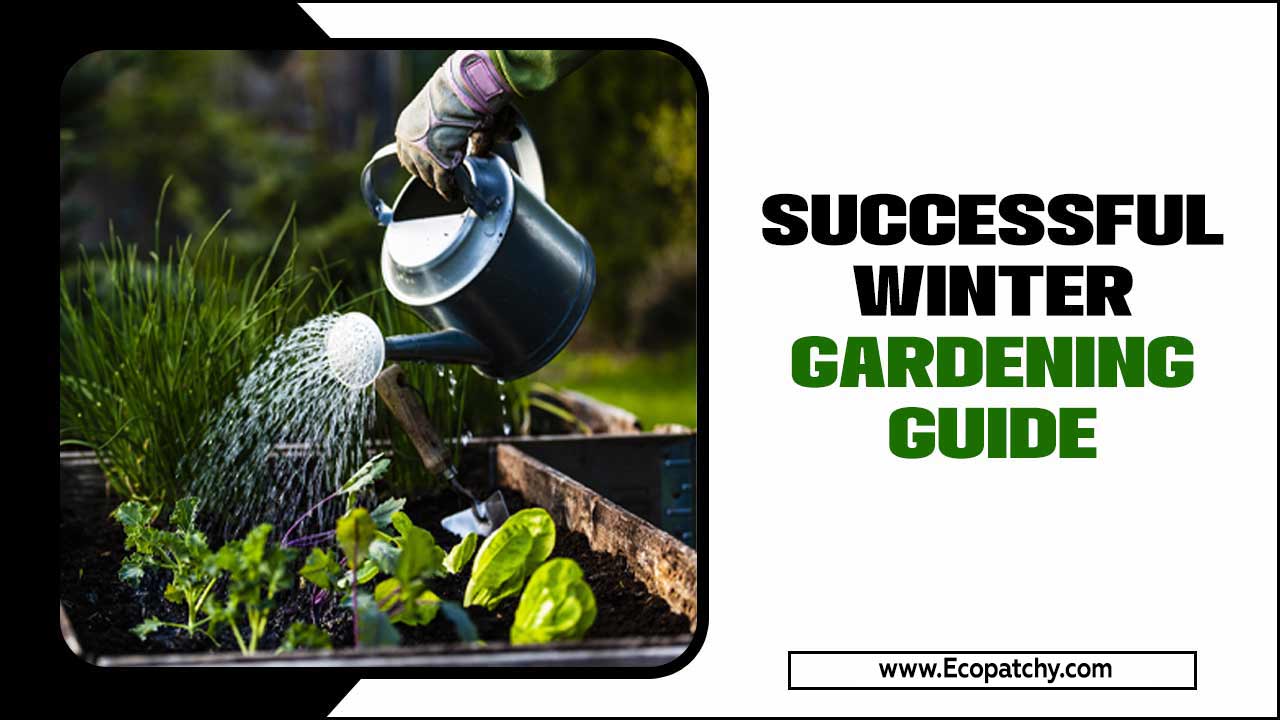
What Is Winter Gardening?

Winter gardening refers to the practice of growing and cultivating plants during the winter season. While many people may think that gardening is only possible during the warmer months, winter gardening offers a unique opportunity to continue nurturing plants even in colder climates. With proper planning and care, it is possible to grow various vegetables, herbs, and flowers throughout the winter months.
From protecting plants from frost to utilizing cold frames or greenhouses, there are several techniques that can help ensure successful winter gardening.
Successful Winter Gardening Guide 10 Tips & Tricks
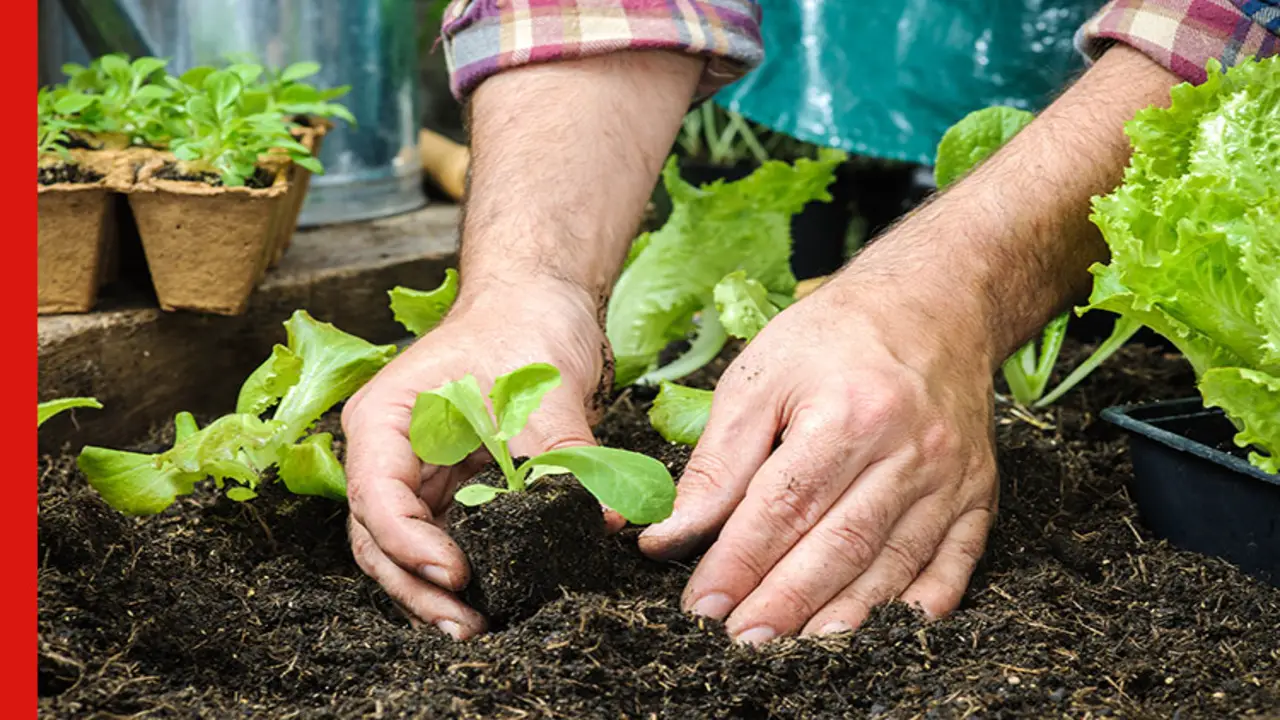
Winter gardening can be a challenging but rewarding endeavor. With the right tips and tricks, you can successfully maintain your garden during the colder months. By implementing these tips and tricks, you can have a thriving garden even during the coldest months of the year. Here are 10 tips to help you achieve successful winter gardening guide:
1.Plant Your Crops Early In The Fall

Start your winter gardening on the right foot by planting your crops early in the fall. By doing so, you give your plants ample time to mature and thrive throughout the colder months. Take advantage of the cooler temperatures that autumn brings and focus on growing leafy greens like spinach and kale. The lower winter temperatures are perfect for cultivating these nutritious veggies.
Extend your growing season by using row covers or cold frames. These protective structures shield your crops from harsh winter conditions, allowing them to continue growing even as the temperatures drop. Don’t forget to sow seeds for root vegetables such as beets and turnips before the first frost hits. This way, they will have a head start and be ready for harvest in late winter.
2.Choose Winter-Proof Varieties
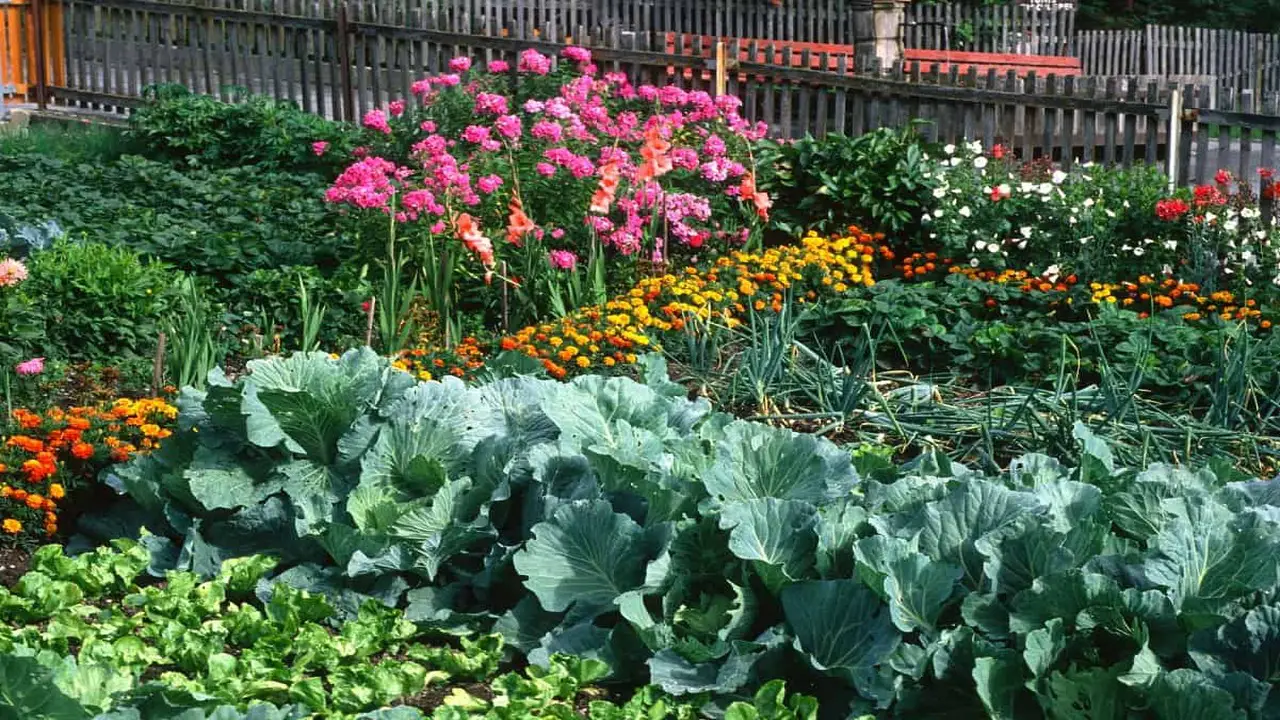
When it comes to successful winter gardening, choosing the right varieties is crucial. To ensure your plants thrive despite the cold temperatures, select vegetable varieties that are known to withstand winter conditions. Look for crops that have been specifically bred for winter gardening, as they are more likely to perform well in frosty climates.
Opt for frost-tolerant plants such as broccoli, Brussels sprouts, and cabbage, which can endure winter temperatures without succumbing to damage. Cold-hardy leafy greens like chard, collards, and kale are also excellent choices as they can withstand harsh conditions.
Additionally, consider planting root crops like carrots and leeks, which are capable of handling the challenges posed by winter weather. By choosing winter-proof varieties, you can ensure a successful winter harvest and enjoy fresh produce throughout the cold season.
3.Utilize Garden Sheds For Winter Storage

During the winter months, garden sheds can serve as valuable storage spaces for tools, equipment, and winter gardening supplies. By utilizing your garden shed effectively, you can protect delicate plants from cold snaps and create a warm microclimate for overwintering plants.
The shed can also double as a workspace for starting seedlings in early spring. Store essential winter gardening supplies like row covers and plant protection materials to ensure that you have everything you need when the time comes.
Additionally, consider moving young plants into the shed to shield them from winter temperatures and provide them with a more stable environment. Maximize the functionality of your garden shed by using it as a smart solution for winter storage.
4.Create Wind Protection With Natural Barriers
To ensure the success of your winter garden, it’s crucial to create effective wind protection using natural barriers. Planting windbreaks such as shrubs or trees can shield your garden from strong winds, preventing damage to your precious plants.
Additionally, utilizing trellises or fences can provide a physical barrier that blocks wind currents from reaching your garden. Strategically positioning taller plants or structures in key areas can also help divert and reduce the impact of wind. Another important aspect is choosing wind-resistant plant varieties that can withstand gusty conditions.
By selecting these varieties, you can ensure that your plants will thrive even in the face of harsh winter weather. Lastly, don’t overlook the natural topography of your garden. Utilize hills or slopes to provide additional wind protection, creating microclimates that shield your plants from the harshest winds. With these natural barriers in place, your winter garden will be well-prepared to withstand whatever Mother Nature throws its way.
5.Invest In Quality Seed Trays
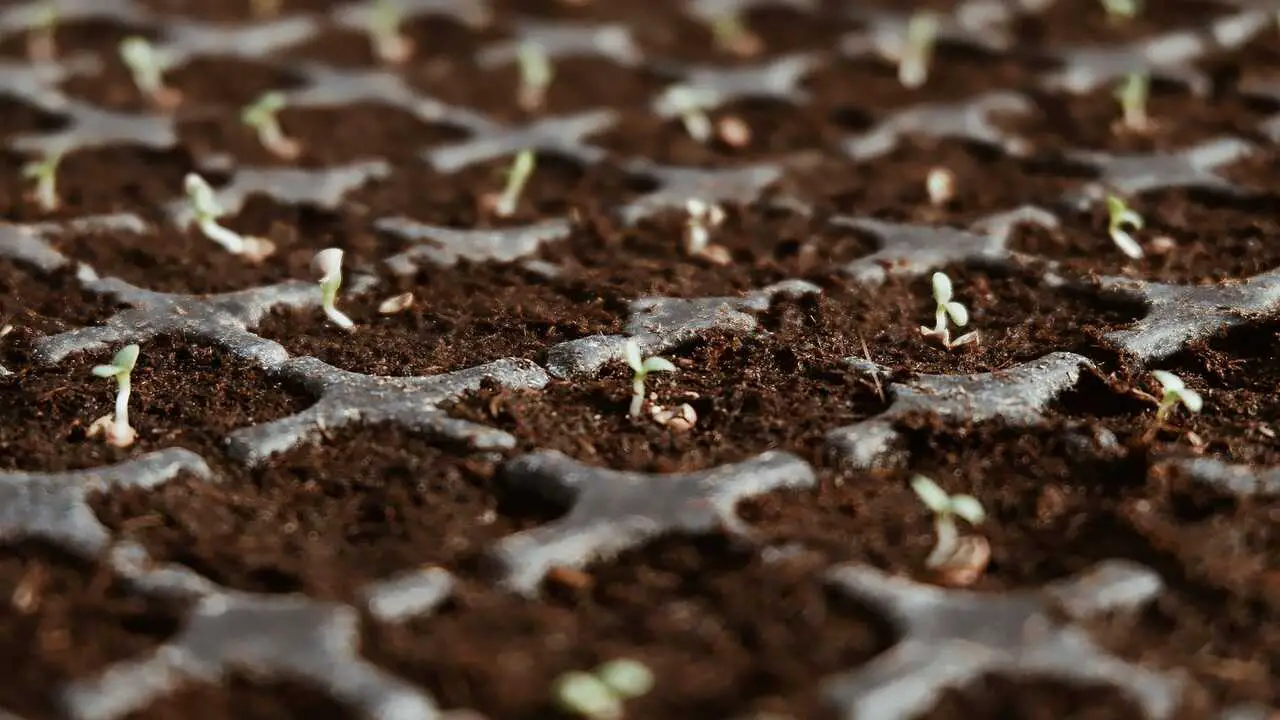
Investing in high-quality seed trays is essential for successful winter gardening. When starting your winter seedlings, it’s crucial to choose trays that are sturdy and durable. Look for trays with good drainage to prevent waterlogging, as excess moisture can lead to root rot and other issues.
Opt for trays that are deep enough to accommodate proper root growth, allowing your plants to thrive throughout the winter season. Additionally, consider investing in seed trays made from sustainable materials to reduce your carbon footprint and contribute to a more eco-friendly garden.
For even better results, you may want to explore the option of heated seed trays, which can promote faster germination and ensure optimal conditions for your young plants. By investing in quality seed trays, you’ll set yourself up for a successful winter harvest and enjoy an abundant garden even in the coldest months.
6.Use Raised Garden Beds To Protect Plants
Raised garden beds can be a valuable tool for protecting plants during the winter months. The elevated design of these beds helps to improve drainage, preventing waterlogged soil that can lead to root rot. Additionally, the raised height provides insulation for the plants, helping to protect them from freezing temperatures.
By creating a barrier between the soil and the surrounding cold air, raised garden beds can help to maintain a more stable temperature for the plants. This can be especially beneficial for cold-sensitive plants or those that are not well-suited to the local climate.
7.Replenish Soil With Compost
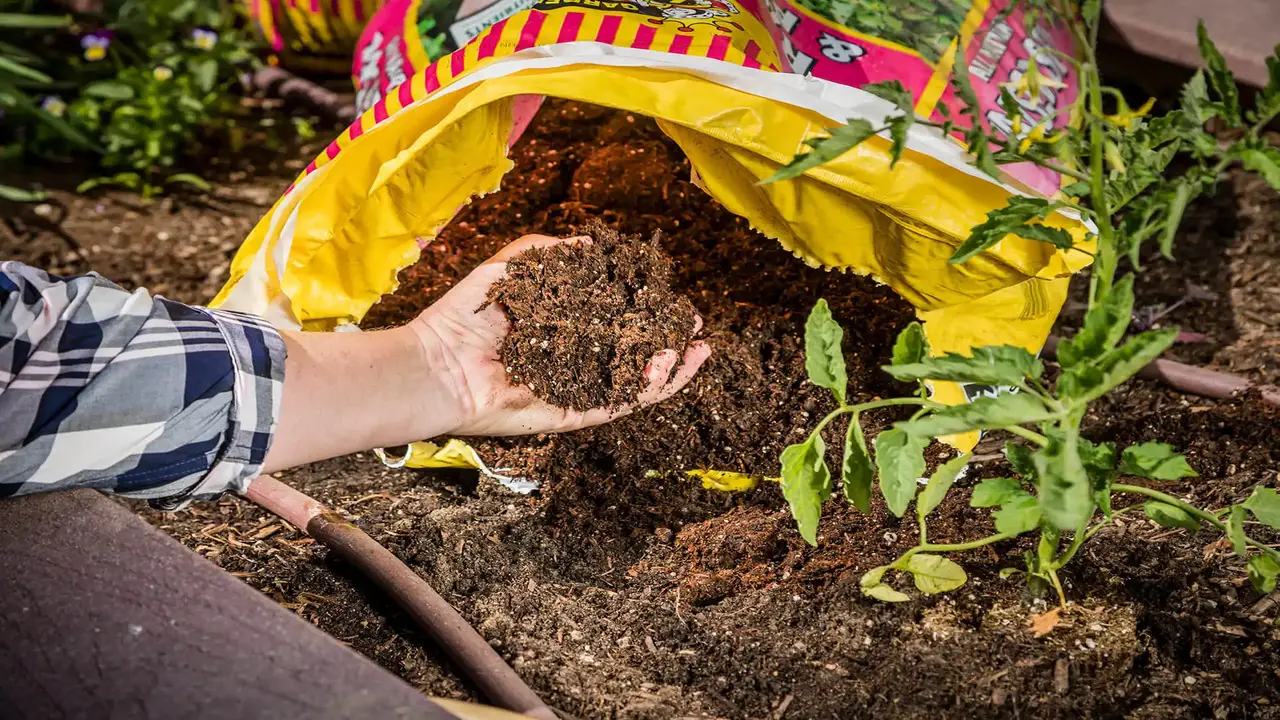
Improve the fertility and structure of your soil by incorporating compost into your winter gardening routine. Compost, rich in organic matter, provides essential nutrients that promote healthy plant growth, even in cold temperatures. Not only does it enhance soil fertility, but compost also helps increase moisture retention, ensuring that your plants have access to a consistent water supply throughout the winter season.
Additionally, the presence of organic matter in compost improves microbial activity in the soil, creating a thriving ecosystem that supports plant health. By enriching your soil with compost, you can effectively suppress weed growth and minimize the need for chemical fertilizers. Give your winter garden the best chance of success by replenishing your soil with nutrient-rich compost.
8.Plant A Cover Crop To Protect Soil
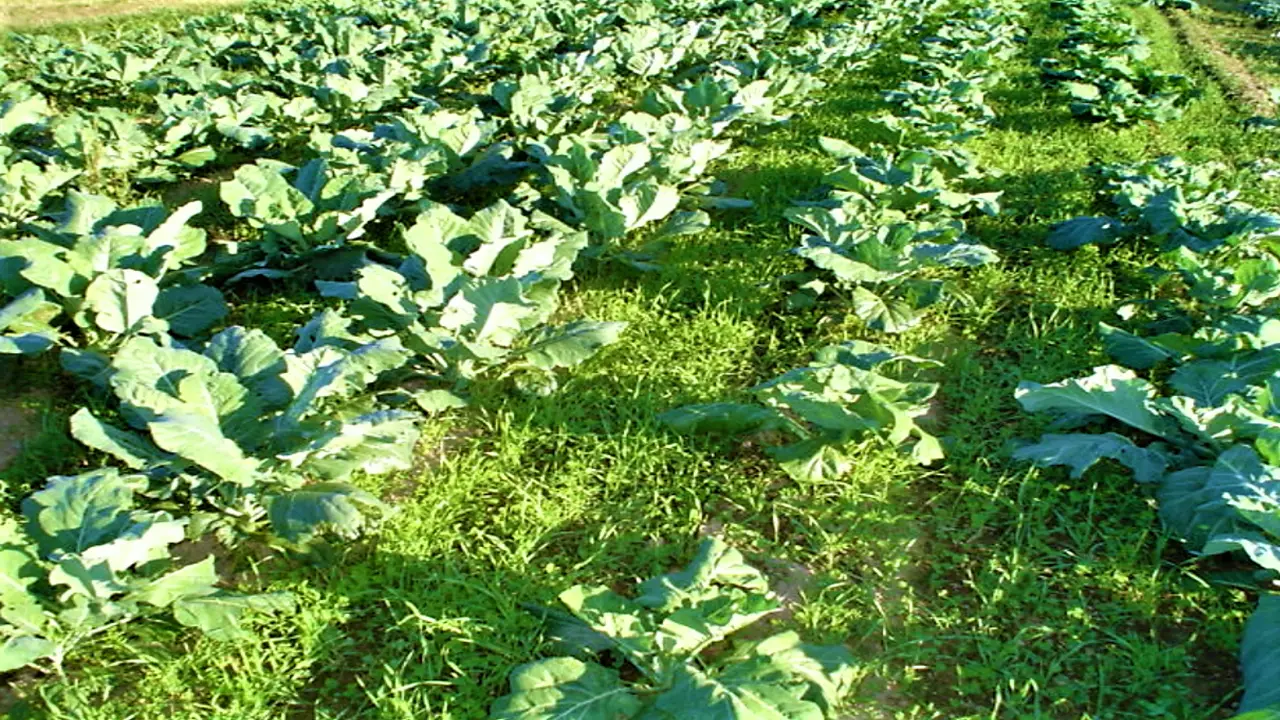
Safeguard your soil during winter by sowing cover crops like winter rye or clover. These valuable plants serve as a protective shield, preventing soil erosion and nutrient leaching caused by winter weather. Moreover, these cover crops contribute to the overall health of your soil by improving its structure and fertility, thanks to nitrogen-fixing properties.
Acting as a living mulch, they also suppress weed growth, keeping your garden beds clean and tidy. As spring arrives, you can turn these cover crops into green manure, enriching the soil with essential nutrients for future plant growth. Embrace the benefits of cover crops to ensure that your soil remains healthy and productive throughout the winter season.
9.Control Unwanted Weeds
Prevent weed growth in your winter garden beds by applying mulch. Regularly remove any existing weeds to prevent competition with your plants. Use organic methods like hand-pulling or hoeing for weed control. Plant densely to shade out weeds and reduce their growth. Consider using landscape fabric or weed barriers for additional weed suppression.
By following these tips, you can ensure that your winter garden remains free from unwanted weeds, allowing your plants to thrive during the cold season. Remember to take proactive measures to control weeds to maintain the health and productivity of your garden.
10.Harvest Crops Early In The Winter
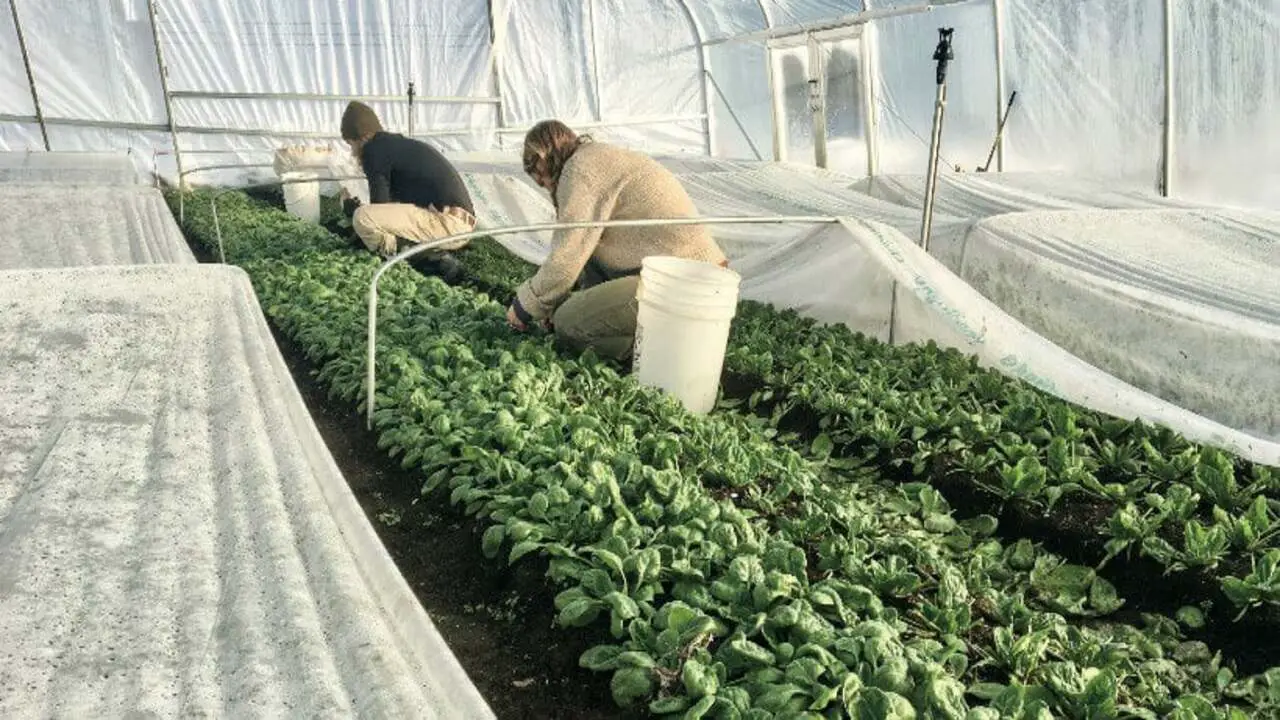
Extend your growing season during the winter by utilizing cold frames or row covers. These structures provide a protective environment for your crops and help trap heat, allowing you to harvest fresh produce even in colder climates. Opt for cold-tolerant crops like spinach, kale, and broccoli that can withstand winter temperatures and continue to grow.
Mulching around root vegetables such as carrots and beets helps insulate them from freezing temperatures, ensuring they stay edible throughout the season. Start harvesting your winter crops in late summer or early autumn when they reach maturity. For a continuous supply, plan for a second harvest by sowing seeds in November or December. This way, you can enjoy fresh veggies well into the winter months.
Tips For Protecting Your Winter Garden

Protecting your winter garden is crucial to ensure its success throughout the colder months. By following these tips, you can ensure that your winter garden stays protected and ready for a beautiful display once warmer weather arrives. Here are some tips to help you keep your plants healthy and thriving during winter:
- Mulch: Apply a layer of mulch around your plants to insulate the soil and protect the roots from freezing temperatures.
- Watering: Although it may be tempting to reduce watering in the winter, it’s important to keep plants hydrated. Water deeply but less frequently to avoid waterlogged soil.
- Covering: Protective covers, such as frost blankets or cloths, shield vulnerable plants from extreme cold and frost.
- Wind protection: Strong winds can damage plants, so consider using windbreaks like hedges or fences to create a barrier and minimize exposure.
- Pruning: Trim back any dead or damaged branches before winter sets in to promote healthy growth come spring.
Maintaining The Perfect Temperature In Your Greenhouse
Maintaining the perfect temperature in your greenhouse is essential for successful winter gardening. During the colder months, it is important to provide your plants with a warm and stable environment to thrive in. Here are some tips to help you achieve and maintain the ideal temperature:
- Insulate Your Greenhouse: Proper Insulation Can Help Trap Heat And Prevent It From Escaping, Keeping The Temperature Inside Warmer.
- Use Heating Systems: Consider Using Heating Systems Such As Heaters Or Heat Mats To Provide Additional Warmth When Needed.
- Monitor The Temperature Regularly: Invest In A Thermometer To Keep Track Of The Temperature Inside Your Greenhouse. This Will Allow You To Make Adjustments As Necessary.
- Ventilate When Necessary: On Sunny Days Or When The Temperature Rises Unexpectedly, Open Vents Or Windows To Allow Fresh Air Circulation And Prevent Overheating.
By following these tips, you can ensure that your plants stay cozy and comfortable throughout the winter season, leading to a successful winter gardening experience.
Conclusion
To sum up, successful winter gardening requires careful planning and implementation of various tips and tricks. By planting your crops early in the fall, choosing winter-proof varieties, and utilizing garden sheds for winter storage, you can ensure the survival and growth of your plants even in harsh weather conditions.
Creating wind protection with natural barriers, investing in quality seed trays, and using raised garden beds are also effective ways to protect your plants from the cold.
Remember to replenish the soil with compost, plant a cover crop to protect the soil, and control unwanted weeds to maintain a healthy garden. harvesting crops early in the winter and maintaining the perfect temperature in your greenhouse are essential for a successful winter gardening guide.
Frequently Asked Questions
1.What Month Do You Start A Winter Garden?
Ans: Late summer or early fall, typically around August or September, is the ideal time to begin a winter garden. By starting at this time, you allow your plants enough time to grow and mature before the colder weather arrives. Select cold-tolerant crops like kale, spinach, and carrots for your winter garden. To protect your plants from frost, consider covering them with blankets or utilizing a greenhouse.
2.What Makes A Good Winter Garden?
Ans: A successful winter garden is characterized by cold-tolerant plants that withstand frost and snow. It should be designed to maximize sunlight exposure during shorter daylight hours. Adequate mulching and soil preparation can protect plants from freezing temperatures. Including evergreen plants adds year-round interest.
3.What Is The Fastest Growing Winter Vegetable?
Ans: The fastest-growing winter vegetable is arugula, but kale, spinach, and radishes are also quick to mature. To speed up growth, consider planting in a greenhouse or using row covers. Make sure to choose varieties suited to your climate and growing conditions.
4.How To Protect Your Winter Garden?
Ans: To protect your winter garden, cover plants with frost blankets to shield them from freezing temperatures. Insulate the soil with mulch to keep it warm. Water plants during the day so they have time to dry before the temperature drops at night. Regularly remove dead or damaged plant material to prevent pests and disease.
5.How Much Moisture Does Your Garden Need During The Winter Months?
Ans: Winter gardening requires different moisture levels compared to summer gardening. It’s important to water your garden when the soil is dry, but not completely parched. Ensure proper drainage to prevent water buildup and use mulch to retain moisture in the soil during winter.



